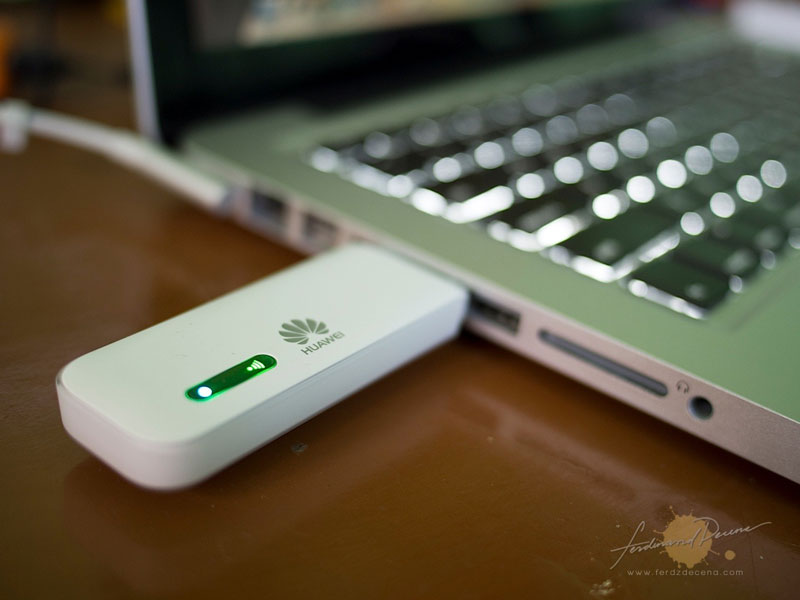carbonTRACK’s energy monitoring, control and saving device has won the prestigious Gauteng Accelerator Programme (GAP) ICT 2014 Innovation Hub Award for its remarkable potential for households and the greater electricity grid to improve energy efficiency, according to Lufuno Ramabulana, a specialist at the Innovation Hub’s Innovation Strategy Projects and manager of GAP ICT.
Held in celebration of Global Entrepreneurship Week 2014 and the implementation of Gauteng’s Innovation Strategy to promote innovation, grow intellectual property and support the development of small enterprises within the biosciences, ICT, green economy and medical sectors, the GAP Innovation Competitions honour top innovators, researchers and entrepreneurs for exemplary work in the green and health technology sectors; the biosciences; and the information and communication technology (ICT) sectors.
The recipient of the ICT category award, carbonTRACK is a ‘proudly South African’ company manufacturing an intelligent SABS-approved energy device that enables consumers to reduce their power costs. Explains Irvan Damon, MD of carbonTRACK, “Energy consumption represents a large proportion of our carbon footprint and is characterised by continually increasing costs with ongoing price hikes. The carbonTRACK smart energy management device is installed in a consumer’s home or business and connected to the distribution board. It monitors and controls heavy energy loads such as the pool, geyser, or air conditioning, or the entire house, and can manage the energy consumption in that home, advising householders how to reduce their carbon footprint – by email, app push notifications, or the user interface.”
The ICT category of the GAP Innovation Hub competition aims to find innovations in the ICT sector that have strong business potential and prospects for broad social impact. More than a competition, it is designed as a development programme where shortlisted entrants attend workshops, are trained in developing appropriate business models for their products, are given design and development support, along with the opportunity to enter the global Smart Living Challenge.
“This year the GAP ICT competition attracted about 90 entries, of which we shortlisted 15 products,” says Ramabulana. “Once the 15 had been through the different development aspects of the competition, an external panel of judges representing national and international industry experts, entrepreneurs, investors and government selected the top four winners, which were announced at a gala banquet at the end of November.”
Ramabulana says carbonTRACK was a clear winner. “There was something special about the carbonTRACK team. They have a real passion for what they are doing. Anyone can use technology, but they have a strong entrepreneurial drive. They also showed great participation throughout the programme and were keen to learn and gain insight from others in the programme.” He says the carbonTRACK technology has tremendous potential to have an impact on energy consumption in the country.
Damon adds that the carbonTRACK device allows consumers to take advantage of direct savings by better monitoring their household energy usage. “This control marks the start of the ‘connected home’ and it opens up a wealth of connectivity-enabled possibilities.” A real marketing strength of carbonTRACK is the ability to tailor the alert messages – which are custom alerts and advisory content sent to a smart phone, tablet or desktop. carbonTRACK learns habits and can adjust appliance use, or send an alert, such as when a geyser is about to flood or fail. Householders or business owners can then adjust usage remotely using the user interface.
The benefits of the CarbonTRACK system to the insurance industry are also significant. Damon notes that 82% of hot water in South Africa is heated by standard electric geysers – and the insurance industry is responsible for the procurement and installation of more than 75% of replacements, which makes up almost 50% of all standard geysers sold in SA. About 70% of claims on household policy claims are geyser related, which means approximately 250 000 geyser incidents annually. The CarbonTRACK system can alert householders to possible geyser bursts and help to prevent the incidents from occurring, saving insurers in geyser replacement and resultant damage costs.
This year’s GAP Awards introduced a new level of innovation into the competition. The winners walked away with a total of R 2.8 million (cash and seed fund) and will be incubated and provided with other value added services to assist in the commercialisation of the technologies at The Innovation Hub for a year. carbonTRACK’s prizes for achieving top position in the GAP ICT competition include incubation services from the Innovation Hub’s Maxum Business Incubator and mLab, valued at R150 000, plus R200 000 seed funding and R60 000 cash. Says Damon, “This win is very exciting for the company; it means that we can further our technology advances like wireless Zigbee switching, contribute to local manufacturing and IP, improve our app offering, and market our products to our various channels.”
The prizes and support for the programmes were made possible by the Technology Innovation Agency (TIA), Pfizer, MSD, Emory University, Smart Living Challenges and TIH.
For further information on carbonTRACK go to www.carbonTRACK.co.za.







